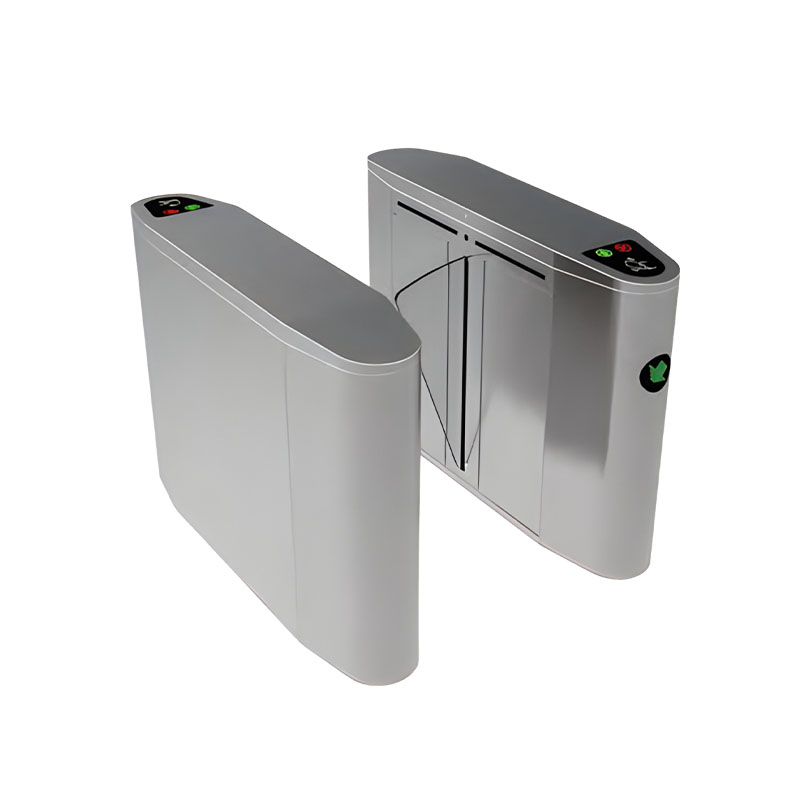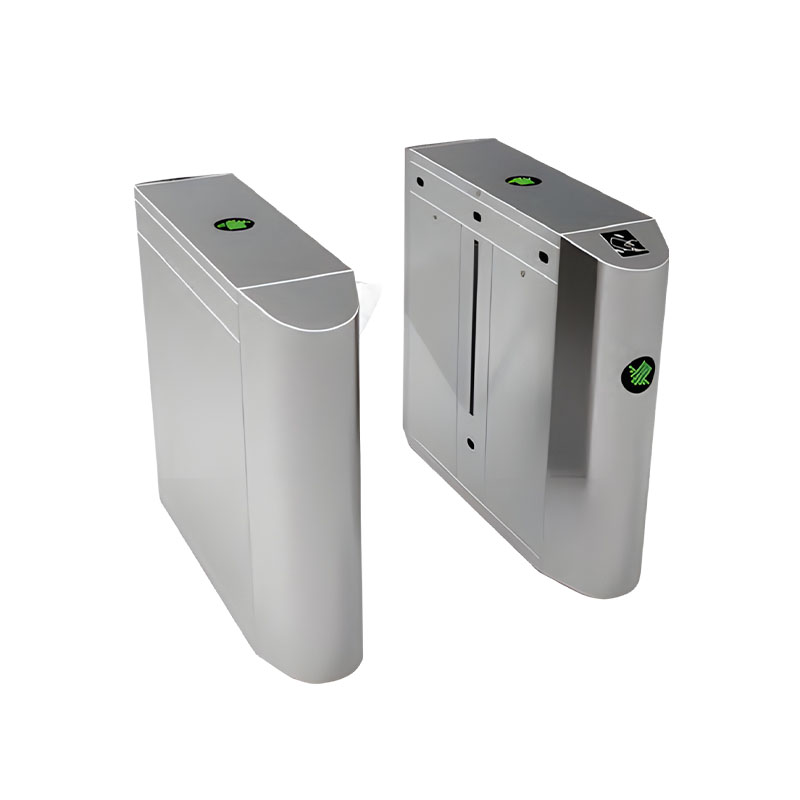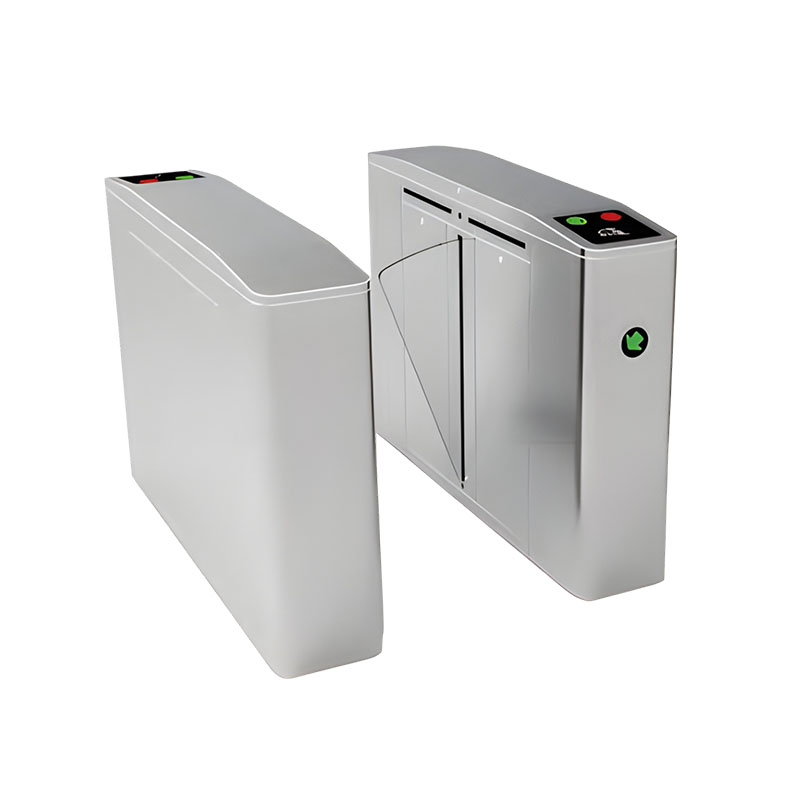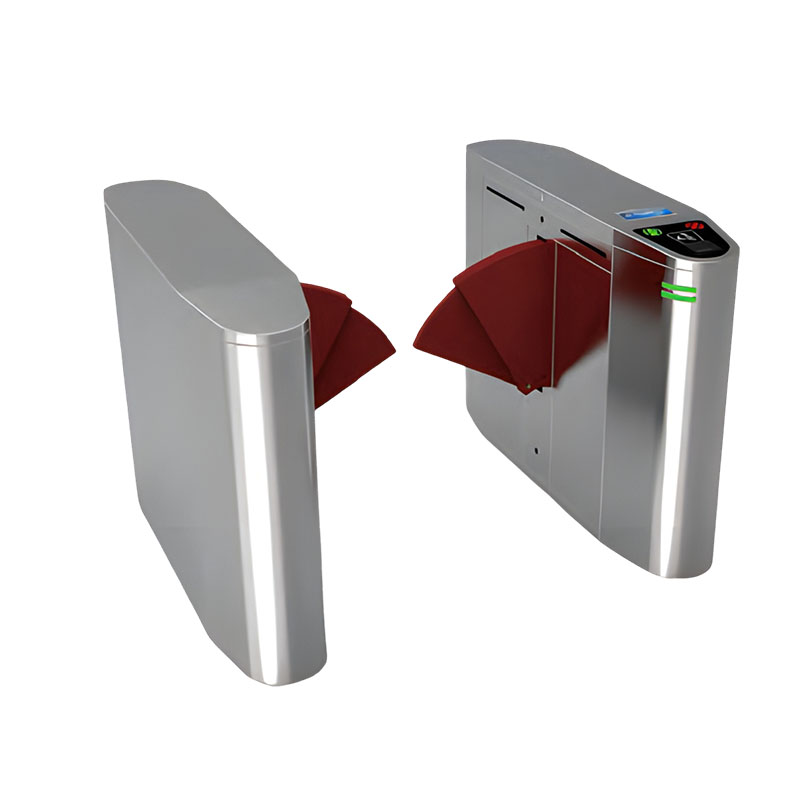How does the networked management system of the intelligent pedestrian access gate achieve centralized control in multiple scenarios?
Release Time : 2025-04-23
Smart pedestrian access gate network management systems usually adopt a layered architecture, including the perception layer, network layer and application layer. The perception layer is composed of sensors, controllers and other equipment of each channel gate, which is responsible for collecting personnel passage information, such as card swiping records, face recognition results, etc. The network layer transmits the data of the perception layer to the management platform of the application layer through wired or wireless networks. The application layer is the core of the entire system, including servers, databases and various management software, which are used to centrally manage and control all channel gates. Through this layered architecture, the system can achieve efficient data transmission and processing, and provide infrastructure support for centralized control of multiple scenarios.
In order to achieve centralized control of multiple scenarios, a unified identity authentication system needs to be established. Whether in campus, enterprise park or public places, the user's identity information is integrated into a central database. When a user passes through the pedestrian access gate, the system will authenticate the user, whether it is card swiping, fingerprint recognition or face recognition, it can be compared and authorized on a unified authentication platform. In this way, users can pass through with the same identity credentials in different scenarios without repeated registration and authentication, which improves the efficiency of passage and facilitates the unified management of personnel identities by managers.
In different scenarios, the access rights of personnel are different. The networked management system can flexibly assign access rights according to the user's identity and the scenario. For example, in an enterprise park, employees may only have access to the work area, while visitors need to obtain temporary access rights within a specific time period and can only access designated areas. Through the permission management module, managers can easily set and modify user access rights on the management platform to achieve precise control of personnel flow in different scenarios and ensure a balance between safety and convenience.
The networked management system can monitor the operating status and personnel access of each channel gate in real time. By setting up an electronic map or list view on the management platform, managers can intuitively see the use of each channel gate, such as whether it is operating normally and whether there is congestion. At the same time, the system also has an early warning function. When an abnormal situation occurs, such as illegal intrusion, equipment failure, etc., an alarm message will be sent to the manager immediately so that timely measures can be taken to deal with it. This real-time monitoring and early warning mechanism can effectively improve the level of security management in multiple scenarios and discover and solve problems in a timely manner.
The system can collect, count and analyze personnel access data. By analyzing the traffic data in different time periods and scenarios, managers can understand the flow of people and provide decision-making basis for the layout and use of access gates. For example, in public places such as shopping malls, the number of access gates opened can be reasonably adjusted according to the peak and trough of traffic flow to improve traffic efficiency. At the same time, data analysis can also help discover potential security risks, such as frequent abnormal traffic records in a certain area, so as to strengthen safety precautions.
The network management system supports remote control and maintenance functions. Managers can remotely control the switch and set parameters of the access gate through the management platform without having to intervene on site. For equipment failures, technicians can also diagnose and repair them through remote connections, reducing maintenance costs and time. This remote control and maintenance function greatly improves the management efficiency of the system, especially for multi-scenario applications distributed in different locations.
In order to achieve more comprehensive multi-scenario centralized control, the intelligent pedestrian access gate network management system can also be integrated with other security systems or business systems. For example, integration with the video surveillance system can realize the linkage between personnel access and video surveillance, which is convenient for tracing and analyzing personnel behavior; integration with the attendance system can realize automatic attendance function and improve enterprise management efficiency. Through integration with other systems, a more complete comprehensive management system can be formed, providing stronger support for centralized control in multiple scenarios.







